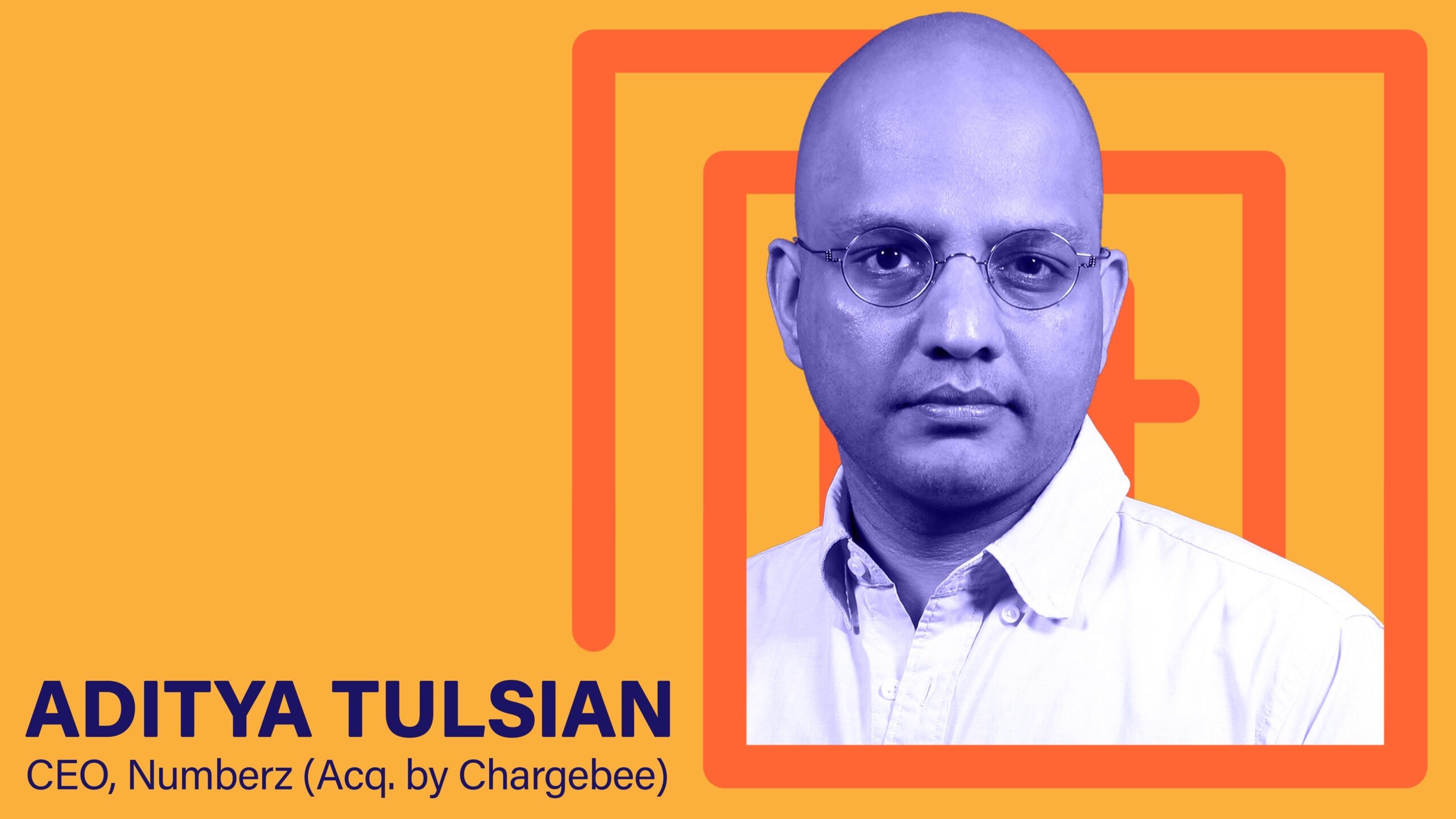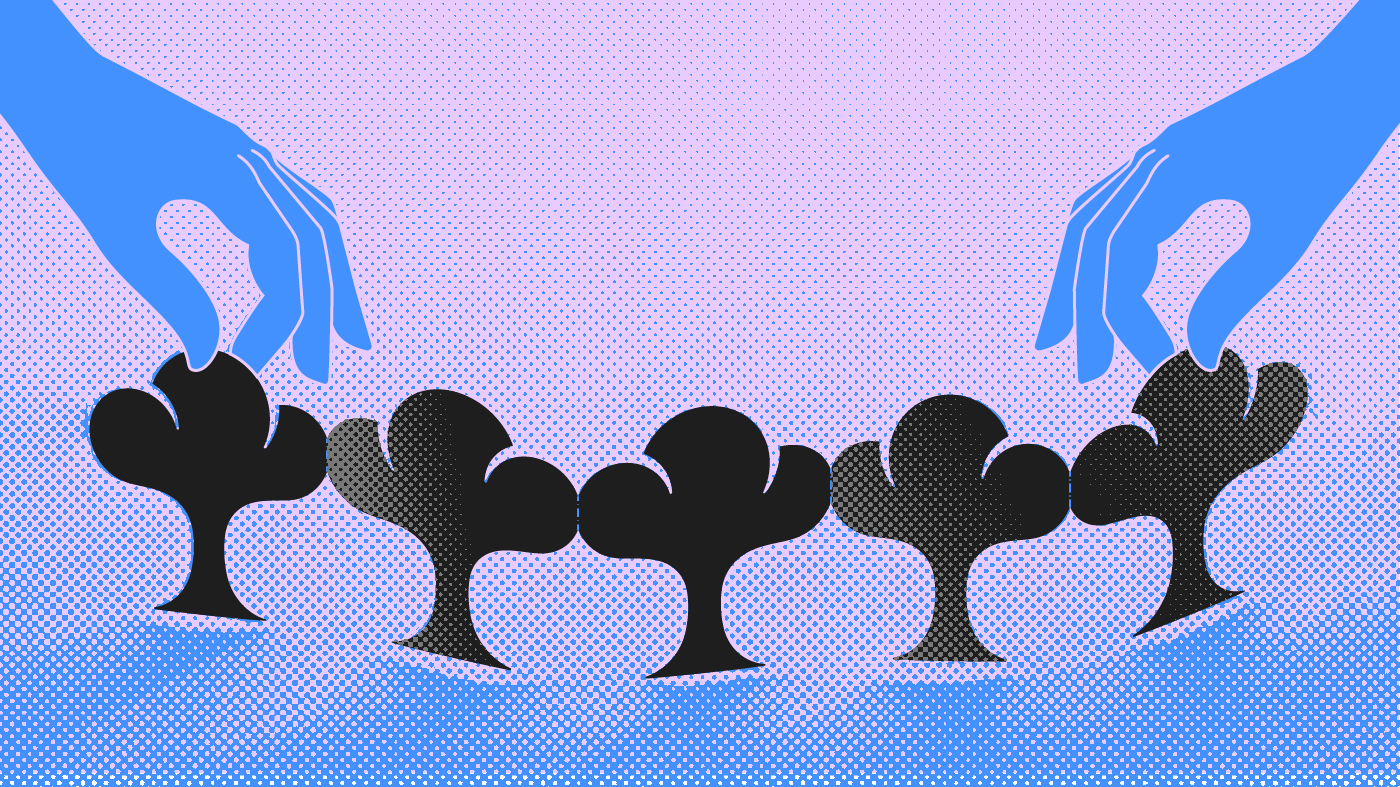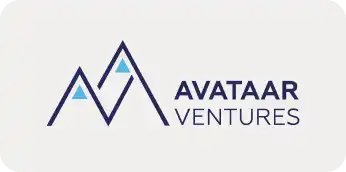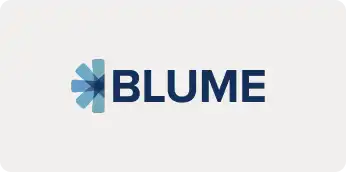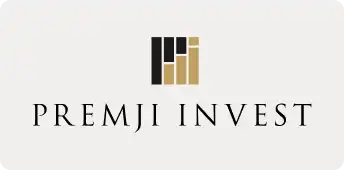Over the past few years, the world is going through an interesting time. Business models have been challenged, the way we think about growth is changing and that means the way we build our companies has to evolve as well.
Recently, we’ve seen a few interesting community-led companies bloom. Hubspot, Figma, and Duolingo are three examples of startups that have been able to scale in part due to their vibrant community. At SaaSBoomi, we have been curating communities for a few years. This has led to a question that I often get asked by founders: How do I build a community?
The answer to this is volunteers. These are individuals who like Arjun, have eyes on the eye of the fish: the cause. They work tirelessly without need for personal validation or recognition. A good volunteer rarely asks what the community can do for them, and focuses on what they can do for the community.
Still, I think there is at least one thing the community can and must do for its volunteers: Identify and use their skills efficiently.
Finding good volunteers is also about knowing who is not right for your community. I have worked in community building for more than a decade and met every kind of volunteer in that period — the all-rounders, the pinch hitters, the fast learners, and the dark horses. Who is right for your community depends on what motivations a prospective volunteer brings and what contributions the community needs at that moment.
That is all easier said than done. So I am putting down a playbook that has brought us the most success while building a volunteer network.
#1 Read people.
Like all great skills, the ability to read people develops with practice. For anyone building a community, getting a sense of potential volunteers is essential.
Volunteering is very special. I have this feeling when I meet people and if I can feel selflessness, I know they’re the right fit. The purest of pure volunteers work for a cause and not so that their companies or their personal brand benefits. Someone who is the purest of the pure volunteers is Krish of Chargebee. For him, it’s all about impact.
I usually begin by interviewing them at length. Understand what brings someone to your community, what they want to contribute to it, and how they see their involvement progressing. That will help you recognize the most useful distinction there is in prospective volunteers.
#2 Identify motivation.
Is the person you want to bring in a giver or a taker? There are people who are always looking for what others can offer them. These folks will attach strings even before they have actually started working with you. If someone is asking “What’s in it for me?”, it is a sign that they are takers. They may not yet be ready for volunteering yet.
With givers, it is the opposite thought process. They think of what others need from them, they want to contribute. For them, the process is the reward. Unlike takers, who will be hungry for credit, givers are not hung up on having their photo or name splashed across everything they do.
Someone who genuinely cares and doesn’t bring the baggage of expectations gains in the long term in the form of goodwill and social capital. In a networked world, that is everything.
#3 Give volunteers tasks.
Before onboarding people, I like to give them a small assignment. How passionately they do it tells me what kind of volunteer they will be. This also helps prevent any complacency. You don’t want someone to be laid back because they got the volunteer badge without having to earn it.
Let’s call this initiation ritual the balloon test. You know how when you throw a party, your friends pitch in by running tasks? You might ask one of them to bring balloons and decorate the venue with them. It is an uncomplicated assignment but it needs to be done well.
So when you bring in new volunteers, give them little things to do — in other words, let them be a ‘balloon volunteer’ — and assess their enthusiasm. How they do the task also tells you what their core assets are.
#4 Who is good at what?
It is important to know what everyone is good at so that you can leverage each person’s strengths for the community.
I spotted early on, for example, that one of our volunteers was an exceptionally talented writer. So I recruited him to help us with documenting and defining the culture of the space. He went on to write the entire volunteer code of ethics for the community.
Are they passionate about web development, social media, and event management? Having them fill out details of what experience they have and what areas they want to be involved in can also help you match them with particular tasks and test out their abilities.
#5 Take calculated risks
Some people will surprise you. For a community event, I needed to plan a hike. It was last minute and I took a chance on someone I had met during the event activities who had shown interest in getting involved. Sometimes, you just have to go with your intuition.
Even though it was her first time volunteering, she started taking care of things as soon as we added her to the WhatsApp group. Not only did she come up with multiple trails and select one that would work best, but she also planned every other detail, gave thorough directions, and brought snacks. I could not think of anyone who would have done a better job on such short notice.
Not everyone gets it right in the first attempt. Evaluate whether it is worthwhile offering a second chance. I worked with a volunteer once who was eager for results. He got very pushy, calling members of the community out-of-hours without notice. In fact, people told me they would not participate if he was participating. But a year later, he returned to volunteer. Based on past experience, I was not sure but another member of the community vouched for him. I started him off on small tasks, but he quickly learned from feedback and did exceptionally well.
Betting on people makes them feel empowered. These are your diamonds in the rough. Pretty soon, they become dependable volunteers who can execute events end-to-end, with only a simple brief from you.

From the recent Volunteer Offsite
#6 Some bets fail
At times, I have been so sure a volunteer will be a great fit but found that the collaboration just does not work out as I hoped. In general, I think even 7 or 8 successes out of 10 is a good number for a community. One thing you should do is consider why the volunteer is failing. Did they lose steam? If they still have the intent, you can motivate them to act. If they don’t it would be unfair to other volunteers who actually work for impact.
At the end of the day, finding the right volunteer is instinct and process. Both work. A good mix of both will more often get you a high success rate when identifying your next champion.
But as someone curating the community, there’s one thing you’ll have to do. Put aside your ego. If there was one thing you could do, it should be that. Those are the table stakes. I often direct founders, community creators, and VCs who are trying to build a community to my favorite JRD Tata quote.
“If I have any merit, it is getting along with individuals, according to their ways and characteristics. At times it involves suppressing yourself. It is painful, but necessary. To be a leader you have got to lead human beings with affection.”
If you can give them the love and patience to be heard, they will find deeper connections to the cause. The deeper the connection, the more refined the ideas, and the more you have those deep ideas.









